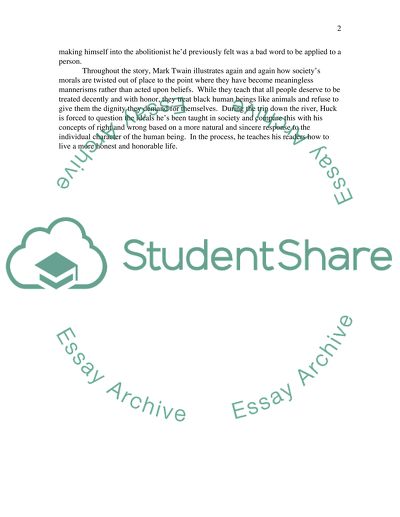Morality In Children Literature Essay Example | Topics and Well Written Essays - 500 words - 1. Retrieved from https://studentshare.org/literature/1566717-argumentative-essay
Morality In Children Literature Essay Example | Topics and Well Written Essays - 500 Words - 1. https://studentshare.org/literature/1566717-argumentative-essay.


